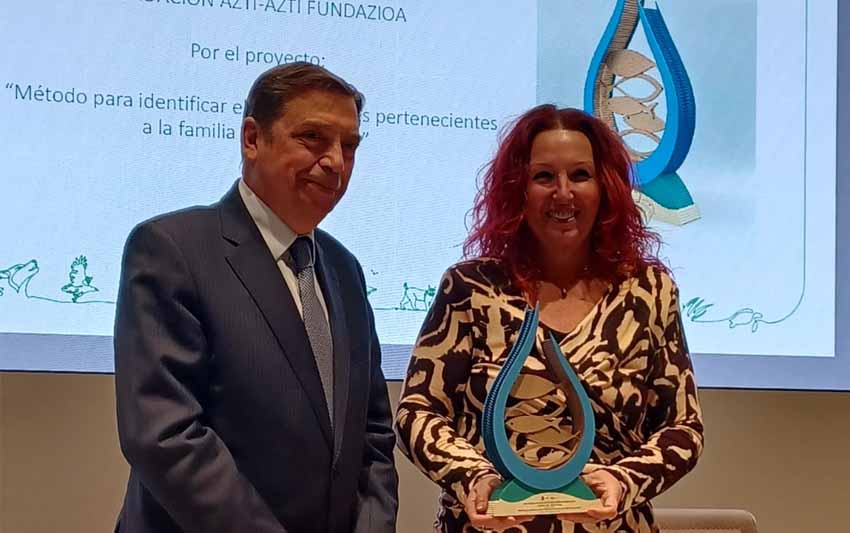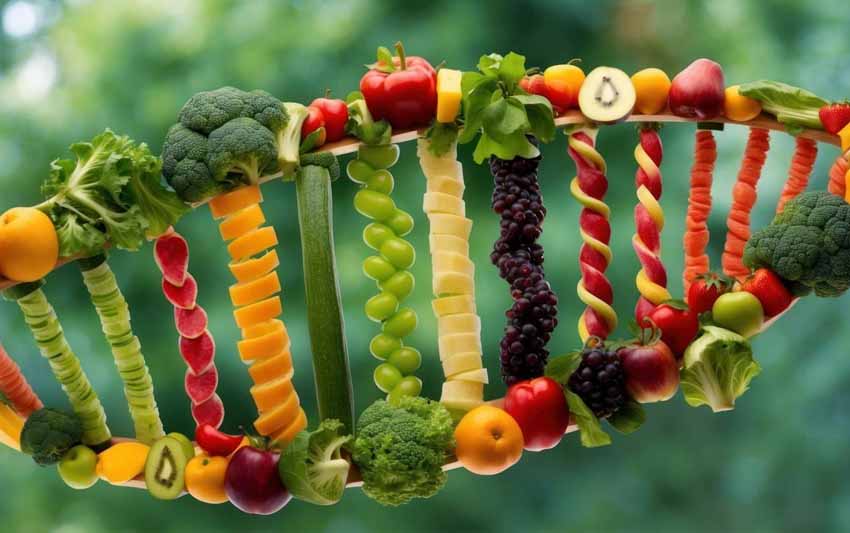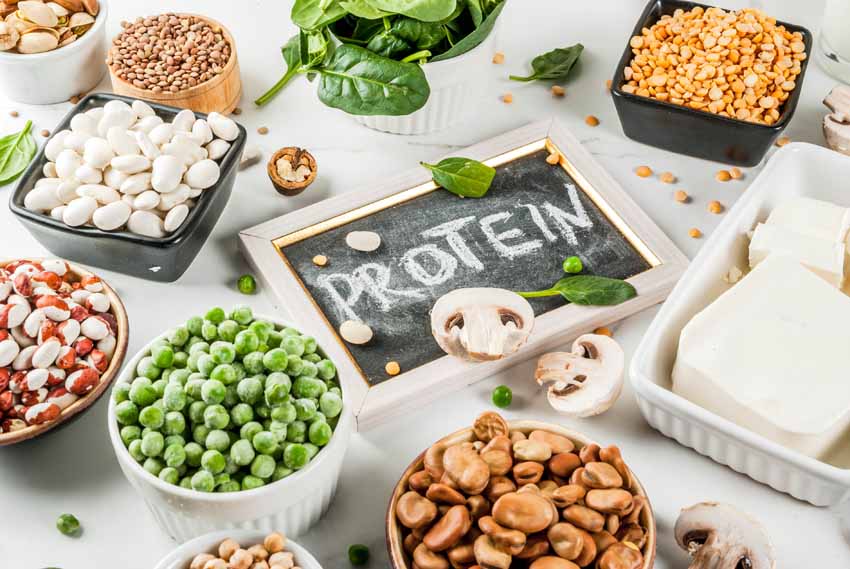[EATrends] The Protein Battle: The Challenge of Diversification
Últimas noticias
AZTI wins the 24th JACUMAR Award with a pioneering PCR method to determine the sex of sturgeons
JUVENA 2025: The abundance of juvenile anchovies in the Bay of Biscay has doubled the historical average
Ethics in Artificial Intelligence for Food and Health: From “Can Do” To “Should Do”
SONIA RIESCO, Researcher in the Innovation Area
Protein has become the star of today’s diets. More and more consumers associate it with health benefits, and demand keeps growing. The result is a rapidly evolving market where supply is expanding and diversifying—creating both opportunities and a degree of confusion among consumers.
What is clear, however, is that the search for new, sustainable, and safe protein sources has become one of the main drivers of change in the food industry. Governments around the world are investing in alternative proteins, while science and technology are accelerating their development. We are witnessing a true revolution—though one that still faces significant challenges.
This is just one of the eight key trends identified in AZTI’s EATrends, a guide that connects science, business, and society to map the future of food. Want to discover the rest? Find them all in the full EATrends report.
Índice de contenidos
A Rapidly Expanding Market
The numbers confirm the trend: the European animal protein market is expected to reach €2.5 billion by 2029, growing at an annual rate of 4.77%. At the same time, plant-based, cultivated, and fermented alternatives continue to gain traction, driven by their potential for environmental sustainability and food security.
The dilemma is clear: how can we effectively diversify protein sources without losing sight of competitiveness, health, and consumer trust?
Innovation in Progress: The Next Steps in R&D
Research and development are moving in multiple directions to address this protein revolution:
- Artificial intelligence and biotechnology to optimize new developments
- Fermentation technology as a promising route to scale up alternatives
- Microalgae and other emerging sources positioned as key candidates in the protein revolution
- Hybrid products and the convergence of production pathways (plant-based, cultivated, fermented, and animal) to deliver competitive solutions
The major challenge lies in ensuring these products match—or surpass—traditional animal proteins in taste, texture, and price.
It’s Happening: Market Signals
Today, consumer perceptions are varied: concerns about excessive animal protein intake coexist with skepticism toward plant-based options and, at the same time, growing interest in plant-forward diets. In response, the food industry is taking action through:
- Diversified plant-based products, expanding the range of vegetable protein sources
- Hybrid solutions that combine the best of multiple technologies to satisfy consumer tastes
- Scaling of cultivated and fermented proteins, still in early stages but with great potential
- Improvements in livestock production, aimed at reducing environmental impact and meeting new social expectations
The protein diversification challenge is reshaping the food landscape—driving innovation, redefining consumer choices, and setting the stage for a more sustainable and balanced future of nutrition.
Want to Take a Closer Look at EATrends?








